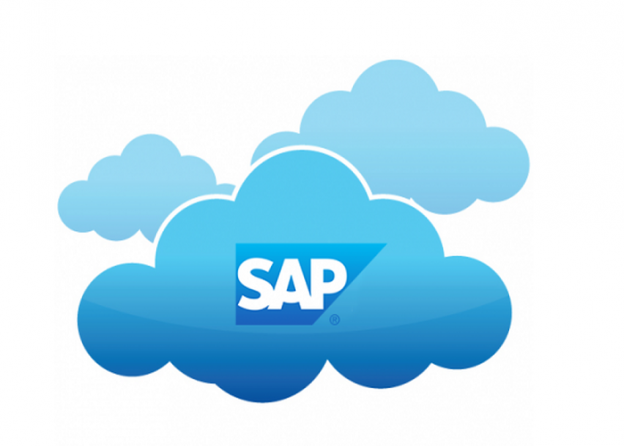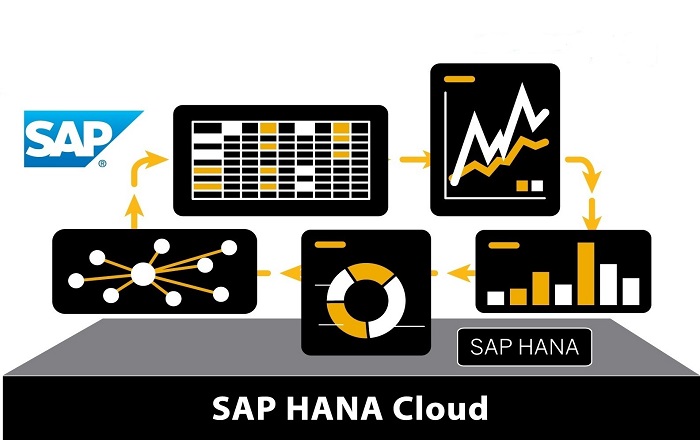There are numerous ERP systems that are available to the businesses that want to go onboard on the digital transformation. Although, there are major four big Tier-1 ERP vendors, namely SAP HANA, Infor CloudSuite, Microsoft Dynamics ERP and Oracle Cloud that are leveraged than others.
In the market, there are “n” number of vendors in order to select from; however the above-mentioned four dominates other vendors in terms of functionality robustness, scalability as well as capabilities’ breadth.
About the Companies –
SAP – Expensive, but instant payback –
This ERP vendor with biggest market share is much expensive to deploy. It stands at second to Oracle. Additionally, according to the research it has been found that SAP customers have realized least potential functionality as compared to other vendors. Though, the best part is SAP implementations provide instant financial payback instead of others. It suggests that even with low functionality and comparatively high price, customers are experiencing great benefits by implementing software. Additionally, the implementation duration of SAP is quite low as compared to peers that is next to Infor CloudSuite.
Infor – Low rate, but predictable outcomes –
Infor might not get short-listed via potential customers as often other Tier-I vendors; however when they are short-listed or selected at high rate, next to SAP. It suggests that it has work to perform in order to be top-of-mind for ERP buyers as feasible Tier-I alternative to the MS Dynamics, Oracle and SAP. Although, the implementations of Infor are most predictable as far as actual vs. planned implementation cost as well as duration is concerned. It suggest that customers are not satisfied. Additionally, customers of Infor experience low operational disruption as compared to other vendors in the study.
Microsoft Dynamics – Long implementation, but low ownership cost –
The implementations of Microsoft Dynamics take longer to implement as compared to the Tier-1 counterparts. It can be partially credited to fact that Microsoft Dynamics has high customization rate of four systems that leads to the long implementation durations. On the contrary, the overall implementation costs are low among the customers of Microsoft Dynamics as compared to others. Additionally, MS Dynamics is considered as one of the most flexible options among Tier-I peers.
Oracle – Unpredictable and expensive implementation costs, whereas high success rates-
In a normal size of company, the implementations of Oracle (such as eBusiness Suite and JD Edwards) are most expensive among all. Additionally, costs and customer implementation durations are unpredictable as well as experience the high deltas in between actual and planned numbers to other Tier-I vendors. Besides, the implementations of Oracle have high success rate as far as customers’ self-assessment or they felt the deployments were successful. Also, eBusiness Suite and JDE customers realize high functionality degree from the implementations as compared to MS Dynamics and SAP.
Here are some of the ways that explain the differences in between them –
Implementation Duration
In the last couple of years, it has been observed that real results from the ERP on Cloud implementations across the world has average implementation time that is steady for around eighteen months. Although, the Infor CloudSuite is implemented within less time in around 16 months that is two months less and complete three months less as compared to average duration of all the vendors. Therefore, in this section, the winner is Infor CloudSuite.
For a few organizations, time is the major factor even more than the implementation cost. The Microsoft Dynamics ERP possesses edge at average of USD 1.7 million price. It is around 40% less than Oracle (the most costly option). It is noticed that the category consists all the costs that are associated with adoption and implementation of system like maintenance, software, third-party consulting services and hardware upgrades. Hence, the winner of this category is Microsoft Dynamics ERP.
Functionality Achieved
At last, many businesses are deploying the new systems in order to receive sort of measurable and quantifiable business advantages in order to improve the businesses. Oracle Cloud wins edge with the solutions. Also, it includes eBusiness Suite and JD Edwards. Majority of the Oracle customers, around 74 percent reported receiving over 40 percent of the functionality that is 10% points of second vendor, Infor CloudSuite and 24% points above SAP. Thus, Oracle Cloud is a clear winner in this category.
Implementation Risk
Most of the executive teams and CFOs are obsessed with handling their implementation risks rightfully. The risks are measured in negative operational disturbance when going live and the Infor CloudSuite take a lead in this. A minority of around 47% organizations have experienced material operational disturbance at the time of going live like not able to boat the product or close books. The number might seem high; however, the level of risk for Infor is around 30% less than high risk option – Microsoft Dynamics ERP. This category winner is Infor CloudSuite.
Payback
CFOs majorly look at the return on investment. Lastly, it is discussed that it is the most important factor for any organization, which is about to board on the ERP implementation or digital transformation. SAP HANA Cloud Services realized the business advantages of paying for investment within just 9 months. It is unevenly one-third of time that is needed to get ROI on long-payback option, which is Infor CloudSuite. The decision of ERP software includes the tradeoffs as well as silver shot solution, standing at first position in every category. Owing to this, it is important to prudently evaluate the options as well as understand tradeoffs in between each. Winner of this category is SAP HANA.






 Live Chat
Live Chat
